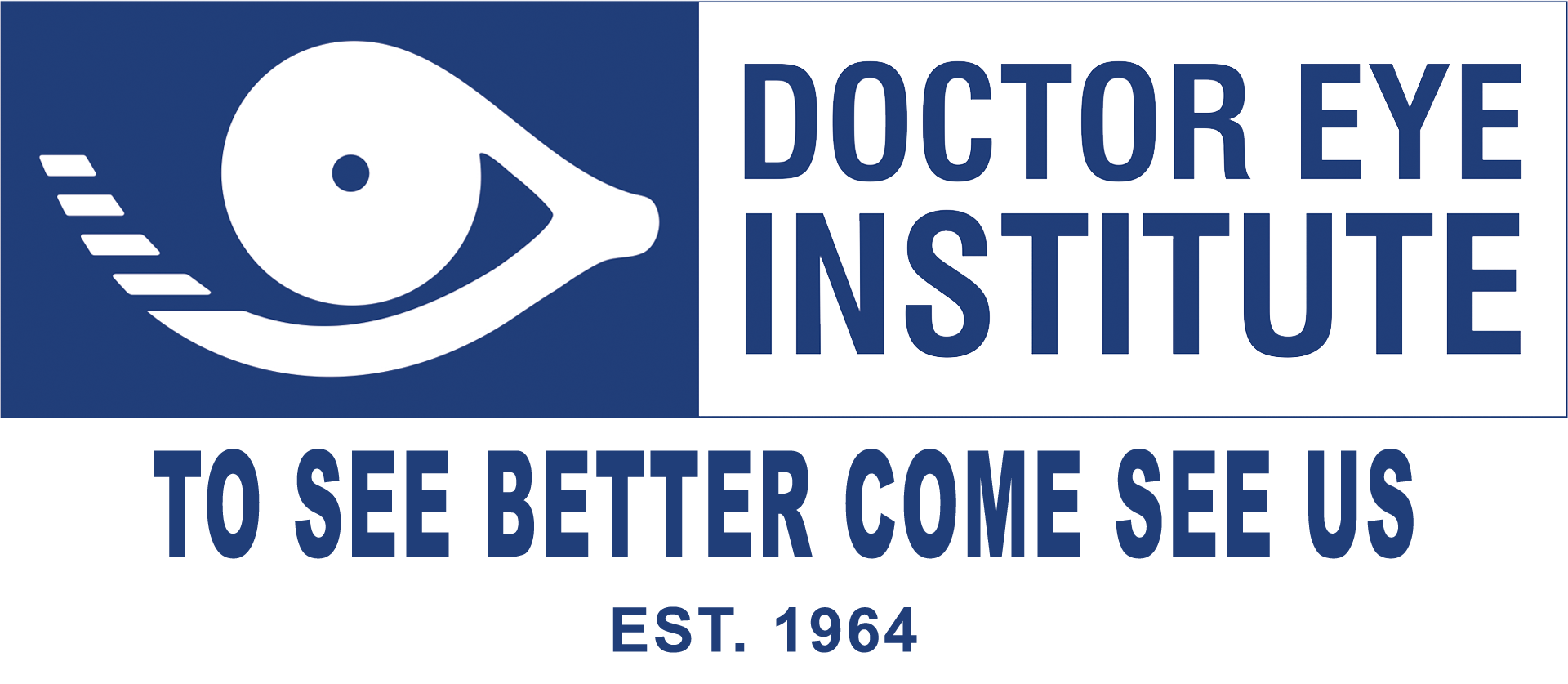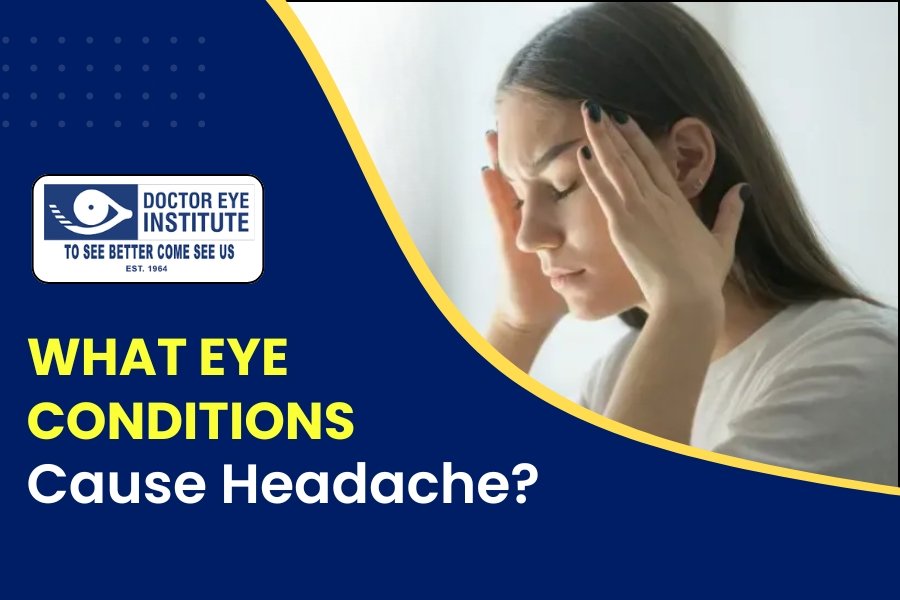How Eye Issues Can Lead to Headaches
We’ve all experienced a headache. But when headaches become a frequent companion, it’s time to look deeper—sometimes, literally. Your eyes could be the source of the problem. Many people don’t realize that persistent headaches are often a direct symptom of an underlying vision issue.
Common Eye Conditions That Trigger Headaches
Here are some of the most frequent eye conditions that can lead to headaches:
1. Uncorrected Refractive Errors
This is one of the most common culprits. Conditions like astigmatism, hyperopia (farsightedness), and presbyopia force your eye muscles to work overtime to focus. This constant strain, especially during activities like reading, driving, or using a computer, can lead to tension headaches, often felt around the forehead, temples, and behind the eyes.
2. Digital Eye Strain
In today’s world, this is a major cause of headaches. Prolonged screen time causes us to blink less, leading to dry, irritated eyes. The intense focus required by digital screens strains the ciliary muscles inside the eyes, resulting in a condition known as Computer Vision Syndrome, characterized by headaches, blurred vision, and neck pain.
3. Glaucoma
This serious condition involves increased pressure inside the eye. An acute attack of angle-closure glaucoma is a medical emergency that causes sudden, severe eye pain, headache, blurred vision, and seeing halos around lights. Even other forms of glaucoma can sometimes manifest as a dull, persistent ache around the eyes.
4. Binocular Vision Dysfunction (BVD)
BVD occurs when your eyes struggle to work together as a team. The constant effort to align a single, clear image puts immense strain on your eye muscles and brain, leading to significant headaches, dizziness, and double vision.
5. Dry Eye Syndrome
Chronic dry eyes are more than just an irritation. The inflammation and discomfort associated with insufficient tear production can trigger headache pain, often exacerbating the discomfort felt from other visual tasks.
When to See an Eye Specialist
You should not ignore frequent headaches. If your headaches are accompanied by any of the following, schedule an appointment at an eye hospital immediately:
– Blurred or double vision
– Sensitivity to light
– Pain when moving your eyes
– Redness or swelling in or around the eye
– Seeing halos or auras
Find Lasting Relief at Doctor Eye Institute
Don’t let eye-related headaches diminish your quality of life. Visit Doctor Eye Institute, the best eye hospital in Mumbai, our team of leading ophthalmologists uses the latest diagnostic technology to pinpoint the exact cause of your headaches. From prescribing precise corrective lenses to managing complex conditions like glaucoma and Binocular Vision Dysfunction, we provide comprehensive, personalized treatment plans. Let us help you see clearly and live comfortably, free from pain.
Schedule your comprehensive eye exam with us today and take the first step towards a headache-free tomorrow. Contact us : +91 9930309433
Frequently Asked Questions (FAQs)
1. Can astigmatism cause headaches?
Yes, uncorrected astigmatism causes blurry vision at all distances, forcing your eye muscles to strain constantly to focus, which often results in tension headaches.
2. What does an eye strain headache feel like?
An eye strain headache typically feels like a dull ache or pressure behind the eyes, across the forehead, or in the temples. It often worsens after prolonged reading or screen use.
3. Can dry eyes cause headaches and blurry vision?
Yes, dry eyes can cause both headaches and intermittent blurry vision. The discomfort and inflammation from dry eyes can trigger headache pain, while the unstable tear film blurs your vision.
4. How do I know if my headache is from my eyes?
A headache is likely related to your eyes if it occurs or worsens after visual tasks like reading, driving, or using a digital device, and is accompanied by symptoms like blurred vision, light sensitivity, or sore eyes.
5. Can needing glasses cause headaches?
Absolutely. Needing glasses for the first time or an outdated prescription forces your eyes to work harder to see clearly, leading to significant eye strain and headaches.









